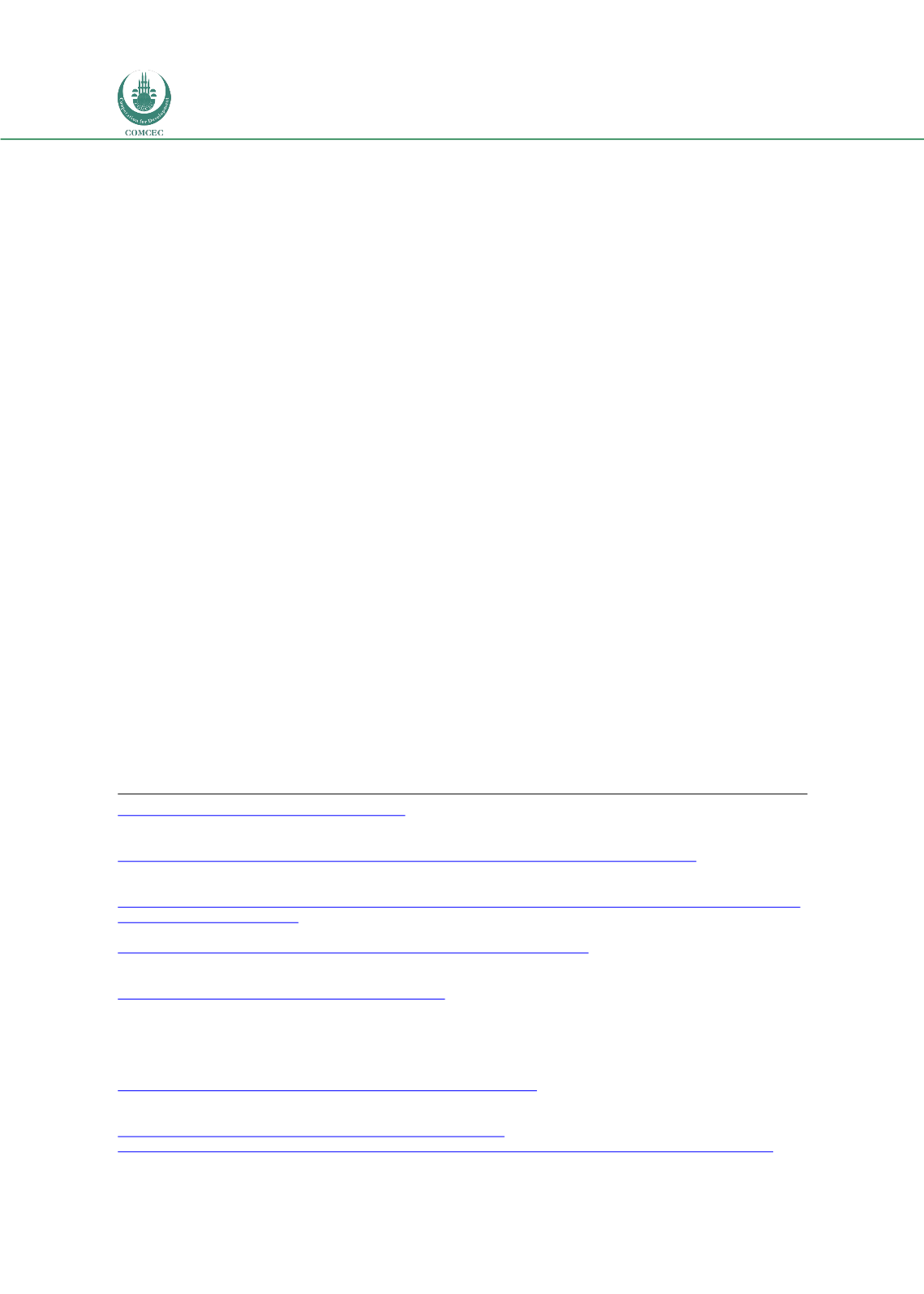

Forced Migration in the OIC Member Countries:
Policy Framework Adopted by Host Countries
112
The border of Melilla is now guarded by both Moroccan and Spanish authorities, three layers
of security fencing, razor wire, motion sensors and CCTV.
282
In 2015, the Spanish parliament
passed an amendment that legalized summary returns of migrants to Morocco, a practice that
had been widely reported and condemned by human rights advocacy groups.
283
Some
migrants have reported attempting to cross this border up to six times, sometimes
experiencing abuse at the hands of security guards as they are turned back.
284
Only the
wealthiest migrants can afford a smuggler—prices are reportedly USD$1,500 for a boat across
the Strait of Gibraltar, and USD$5,000 to cross into one of the enclaves in the boot of a car.
285
This has left many migrants in a predicament: on one hand, they are faced with an increasingly
difficult path to Europe, but on the other, they may not wish to return home due to poor
economic prospects, familial pressure, or conflict and insecurity. As a result, an increasing
number of migrants decide to stay in Morocco, either permanently or temporarily, including
forced migrants who are unable to lodge asylum applications in Europe.
The Profile of Forced Migrants in Morocco Today
Lack of current data on immigration in Morocco continues to present a problem to
understanding the situation of forced migrants in the country. While the government
conducted a census in 2014, there remains very little information on new immigrant
populations outside of those who register with UNHCR.
286
In 2013, the Ministry of Interior
estimated that there were a total of 25,000-40,000 irregular migrants in Morocco, with 15,000
of these migrants originating from sub-Saharan Africa.
287
Some of these irregular migrants
may qualify for protection status but were not able or willing to register with UNHCR, as
migrants seeking to register must reach its office directly in Rabat, or be referred to the office
by the organization’s partners in Oujda (a popular border crossing point).
As of March 2016, UNHCR reported 6,187 persons of concern in Morocco: 4,277 refugees and
persons in need of protection, and 1,910 asylum seekers. In 2015 and the first three months of
2016, the number of UNHCR-recognized refugees has grown by over 300 percent, an increase
attributable mostly to a large increase in Syrians applying for protection.
288
Today, Syrians
comprise over two-thirds of the total UNHCR-recognized population. The majority of the 1,279
http://data.unhcr.org/mediterranean/regional.php281
Frontex, “Western African Route.”
282
Obinna Anyadike, “Morocco: The Forgotten Frontline of the Migrant Crisis,”
IRIN
, updated July 29, 2015,
http://newirin.irinnews.org/extras/2015/7/28/morocco-the-forgotten-front-line-of-the-migrant-crisis283
Amnesty International, “Spain: Two-pronged assault targets rights and freedoms of Spanish citizens, migrants and
refugees,” updated March 26, 2015,
https://www.amnesty.org/en/latest/news/2015/03/spain-two-pronged-assault-targets-rights-and-freedoms-of-spanish- citizens-migrants-and-refugees/ ;Human Rights Watch, “Spain: Halt Summary Pushbacks to Morocco,” updated August 18,
2014,
https://www.hrw.org/news/2014/08/18/spain-halt-summary-pushbacks-morocco .284
For the story of one such migrant, see: Obinna Anyadike, “From a Rock to a Hard Place: Nigeria to Morocco,”
IRIN
,
updated October 8, 2015,
http://newirin.irinnews.org/from-a-rock-to-a-hard-place/285
Anyadike, “Morocco: The Forgotten Frontline of the Migrant Crisis”
286
Interview between Natalia Banulescu-Bogdan and Franziska Wilmar, GIZ Morocco, March 2016
287
This breakdown was partially deducted from the interception of irregular entries into Morocco. Emeline Modeste Nanga,
“La regularization des migrants irreguliers au Maroc: Une decision historique où un enjeu strategique?,” (paper prepared
for the Moroccan Migrations Workshop),
https://www.imi.ox.ac.uk/events/moroccan-migrations/papers/nanga.pdf288
In December 2014, the number of UNHCR-recognized refugees in Morocco stood at 1,275. UNHCR, “Morocco Update:
Information Note on Syrians Applying for Asylum in Morocco,” updated September 2015,
http://www.undp.org/content/dam/unct/morocco/docs/UNCT-MA- Information%20Note%20on%20Syrians%20Applying%20for%20Asylum%20Morocco-%20September%202015.pdf















